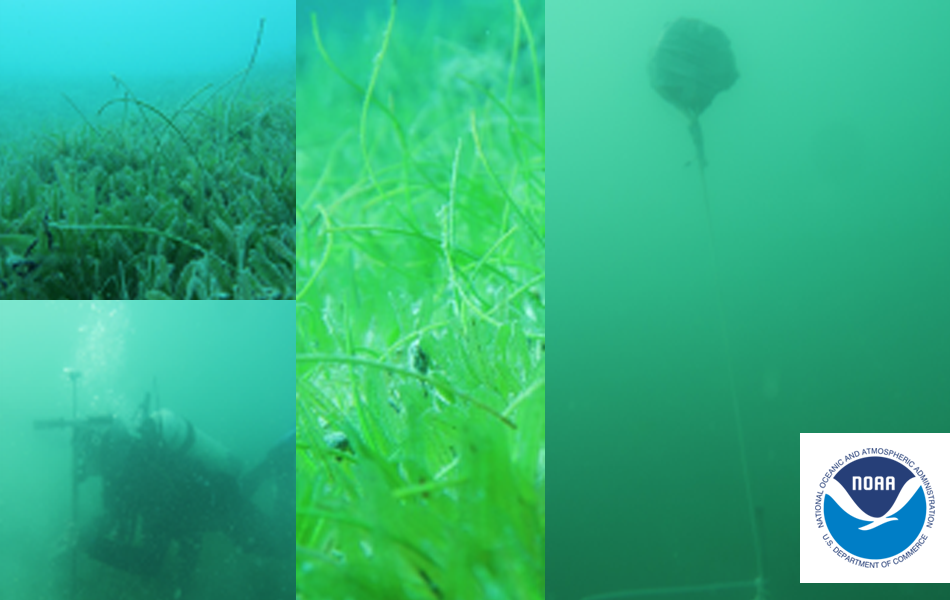
Project Summary
Impact gradient on seagrass meadows as a proxy to understand how these adapt to the undergoing global changes. We will also assess the effects of the invasive sea vine, Halophila stipulacea, on the native seagrass biomass and associated fauna. Water temperature, light intensity, sedimentation rate and water motion, will be estimated with permanent sensors installed between 4-6m depths at four study sites with contrasting environmental conditions in Culebra, Puerto Rico on a seasonal basis (winter, sprint summer and fall) for one year. At the same time, spatio-temporal variation in above- and below-ground seagrass biomass (i.e, shoots, flowers, rhizomes and roots), as well as blade length and shoot density of native and invasive seagrasses will be quantified. Traps will be deployed during the same monitoring period at each site to determine the juvenile reef-fish community and demersal seagrass invertebrate and cryptic fish fauna assemblages. To assess the effects of H. stipulacea on native seagrass biomass, an in situ competitive interaction experiment will be conducted, where Thallasia testudinum, the dominant native seagrass in Culebra and H. stipulacea will be planted in control basket (only plugs of T. testudinum or H. stipulacea) and experimental basket planted with both seagrass (mixed plugs of both, T. testudinum and H. stipulacea).
Project Goal
This part of the experiment will be conducted during the summer and will be monitored for the following three months. At the end of this project, we will improve the understanding on the resilience capacity of native seagrass and associated organisms under the invasive pressure of H. stipulacea and human-impact.

